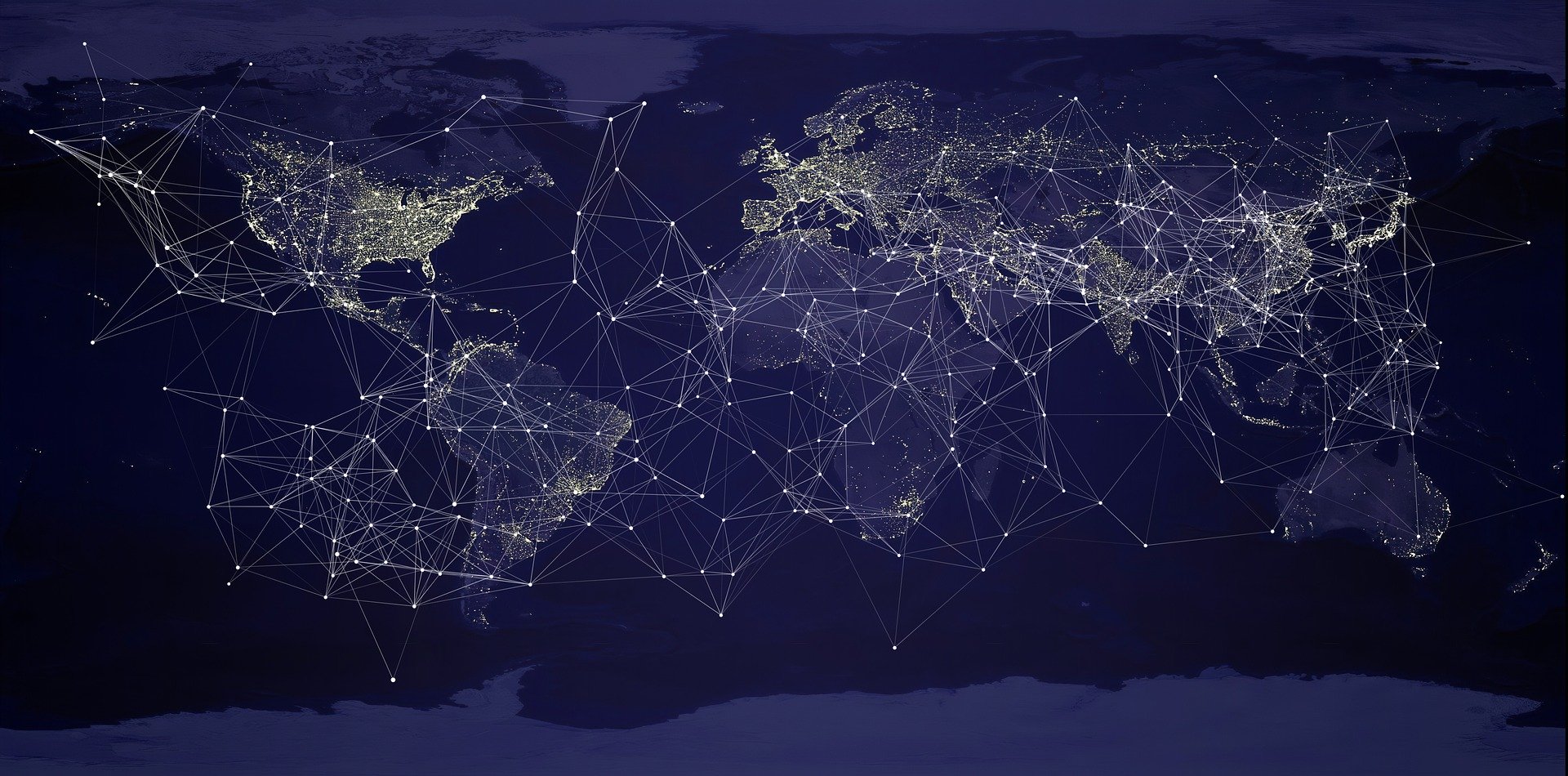
11 Sep From 5G to 6G: the evolution of connectivity. A still uncertain future?
The reality of rolling out 5G technology throughout Spain and the rest of Europe is already firmly on the cards. The full development of 5G, which operators within the sector recently set at around 2022 or 2023, has seen timescales shift as a result of the COVID-19 pandemic and the technological needs of our ‘new normal’. These include greater demand for connectivity, as well as more stability, capacity and security for communications, alongside rapid data transmission.
Demand that, in turn, is linked to a thriving takeup of remote working, remote communications becoming commonplace throughout the population, as well as increasingly demanding consumer habits. All the above clearly means stakeholders need to increase investment in infrastructure, transmission equipment and their own network deployments – or those of third parties, such as neutral operators like lyntia. It is more than likely that, in the case of Spain, freeing up frequencies from the second digital dividend will accelerate these processes and change the way many companies strategically approach telecommunications.
Connectivity among those leading the charge: 6G in countries like South Korea
Although the 5G ‘revolution’ is sweeping across much of continental Europe, as well as the Anglo‑Saxon countries, there are some countries where technological development is so advanced they’re already a number of steps ahead of the rest of their global competitors. One such example is the work taking place in South Korea. The country’s prime minister, Chung Sye-kyun, announced in early August 2020 that his government wants to develop a 6G connectivity pilot project over the next six years.
According to promoters of the Korean project, 6G technology will be able to reach transmission speeds of up to 1 Terabyte per second, offering capacity up to fifty times greater than what is supported by the current generation of 5G connectivity. According to estimates from the South Korean developers and engineers, the country will be in a position to market and roll out this next generation of mobile connectivity between 2028 and 2030. If those predictions come true, the small Asian country would undoubtedly be propelled to the forefront of the industry as one of its strongest forces.
The realities of 5G: prudence, investment and widespread use
Despite this encouraging news, it is worth trying not to lose perspective and keeping our feet on the ground. The technology that can best respond to our current needs – in relation to the dominant phases of global technological development – is 5G. Mobile connectivity, like all technologies that emerged in the second half of the 20th century, is thriving and will continue to experience exponential growth for a long time to come. But all specialists agree that before being able to run, you have to master walking.
And this translates into the complete adoption of 5G as a communications standard among operators, installing transmission antennae, making full use of the infrastructure neutral operators can already provide at full capacity, along with widespread use among the population, who will need factory‑adapted devices to make the ‘leap’ to 5G technology.
Despite the advanced technological developments we can see in countries like South Korea, 5G connectivity remains the biggest present just waiting to be unwrapped. According to the European Commission, in less than 6 years the technology will be generating an income of some €225 billion, with benefits for the automotive, health, transport and energy sectors accounting for some €114 billion directly. With such an enormous field of work yet to be explored, it’s worth keeping your eyes firmly focussed on all that 5G has to offer the telecommunications sector in the years to come.

